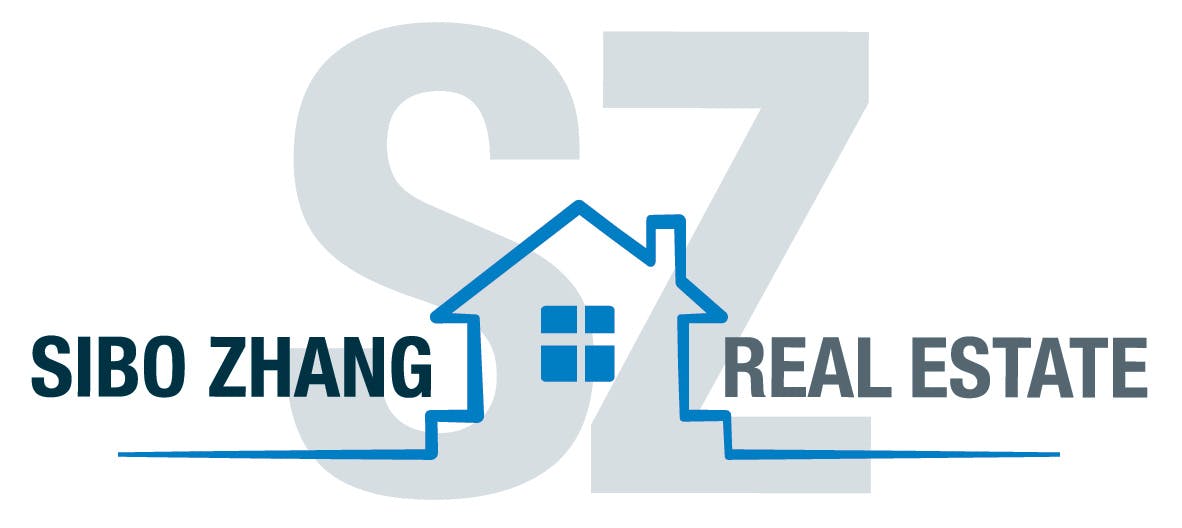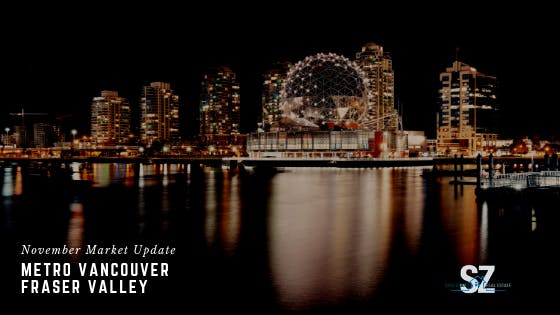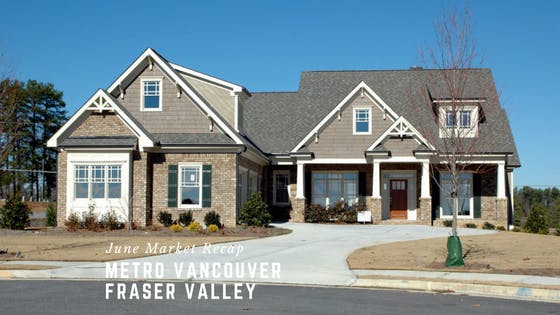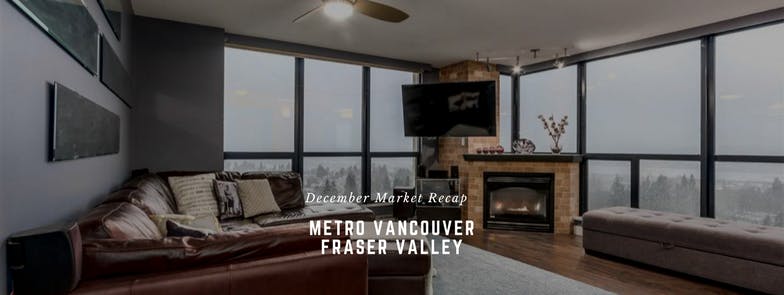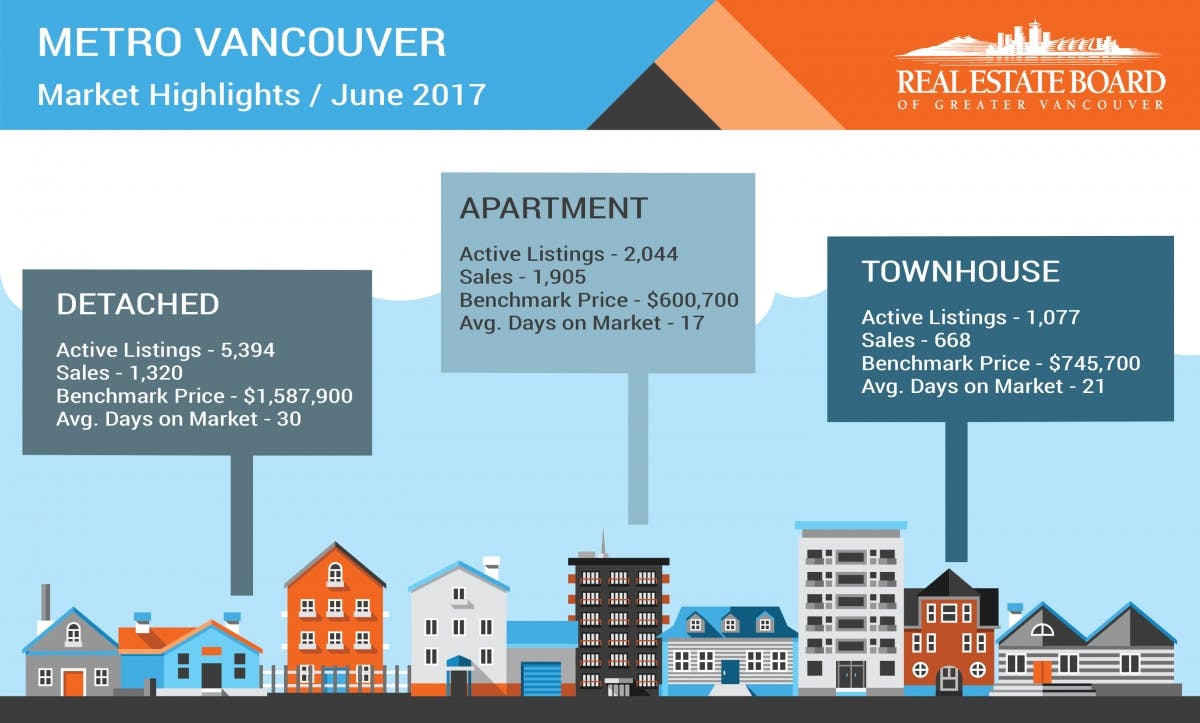With the first month of the year behind us, I want to point out something interesting that typically happens during the month of January. I call it a belated Christmas present to home buyers. I have noticed that home sellers tend to drop their asking price at this time of year and current market data appear to support this. As you scan the sample benchmark price comparisons below, you can see some higher than usual price declines from the previous months. Where we have been seeing one-month price declines typically around 1.0 per cent, there are several decreases around 2.0 per cent this past month. And in some particularly notable cases the one-month decline is over 3.0 per cent. Take for example the one-month price decrease of 3.4 for condominiums in Burnaby East or the 2.6 per cent decrease for townhouse in Ladner. Of course, we have been tracking a trend of month-over-month decreases in all residential properties since the middle of last summer when several financial constraints for buyers came into effect, but I suspect the post-Christmas effect has also contributed to some of these exceptional price drops during January. I highly recommend that anyone eager to make a deal with a good purchase price at this time of year take a close look at the benchmarks across all property types listed below.
COMBINED BENCHMARKS
The combined benchmark for all property types in Metro Vancouver at the end of January 2019 was $1,019,600, a decrease of 4.5 per cent from one year earlier, and a 1.2 per cent decrease from the preceding month. In the Fraser Valley the combined benchmark for all property types at the end of January 2019 was $821,100, a decrease of 0.8 per cent from one year earlier and 1.6 per cent decrease from the previous month.
METRO VANCOUVER
Big increase in new property listings
In Metro Vancouver new property listings increased dramatically during January, another excellent reason to look consider a home purchase at this time. There were over 10,000 residential properties on the market at the end of last month. The new listings this past January were an extraordinary 244.6 per cent higher than listings in the preceding month.
Detached Homes
The benchmark price for a single-family detached home in Metro Vancouver at the end of January was $1,453,400, a decrease of 1.7 per cent from the preceding month. The extremities of this average were Vancouver West (not West Vancouver) at $3.049,700 and the Sunshine Coast at $600,000. (Note I include the Sunshine Coast region only as a factor in the average, but I do not report on housing prices in this area because it is to far away for my clients). The three municipalities closest to the benchmark on the higher side of the average were: Port Moody at $1,454,500, a decrease of 2.1 per cent from the previous month; North Vancouver at $1,512,200, a decrease of 1.9 per cent from the preceding month; and Burnaby South at $1,533,700, a decrease of 2.3 per cent from the preceding month. The three municipalities closest to the benchmark on the lower side of the average were: Vancouver East at $1,428,700, a decrease of 1.3 per cent from the preceding month; Burnaby North at $1,415,300, a decrease of 2.3 per cent from the previous month; and Coquitlam at $1,195,000, a decrease of 1.5 per cent from the preceding month.
Townhouses
The benchmark price for a townhouse in Metro Vancouver at the end of January was $800,600, a decrease of 1.1 per cent from the preceding month. The extremities of this average were Vancouver West (not West Vancouver) at $1,216,600 and Maple Ridge at $538,700. The three municipalities closest to the benchmark of the higher side of the average were: Richmond at $808,200, a decrease of 1.4 per cent from the preceding month; Vancouver East at $848,200, a decrease of 0.2 per cent from the preceding month; and North Vancouver at $979,900, a decrease of 1.4 per cent from the preceding month. The three municipalities closest to the benchmark on the lower side of the average were: Burnaby South at $792,800, an increase of 0.3 per cent from the preceding month; Ladner at $740,500, a decrease of 2.6 per cent from the preceding month; and Tsawwassen $732,200, a decrease of 2.2 per cent from the preceding month. (Note: I have not included Whistler in this comparison as it is too far out for my clients)
Condominiums
The benchmark price for a condominium in Metro Vancouver at the end of January was $658,600, a decrease of 0.8 per cent from the preceding month. The extremities of this average were West Vancouver at $1,108,800 and Maple Ridge at $359,500. The three municipalities closest to the benchmark on the higher side of the average were: Burnaby South at $687,900, an increase of 0.3 per cent from the preceding month; Burnaby East at $743,900, a 3.4 per cent decrease from the preceding month; and Vancouver West (not West Vancouver) at $783,400, no change from the preceding month. The three municipalities closest to the benchmark on the lower side of the average were: Richmond at $657,500, a decrease of 1.6 per cent from the preceding month; Port Moody at $629,400, an increase of 0.3 per cent from the preceding month; and Burnaby North at $606,400, a decrease of 2.0 per cent from the preceding month.
FRASER VALLEY
Even bigger Increase in new listings
New listings in the Fraser Valley in January made an even bigger jump than in Metro Vancouver. Fraser Valley new listings hit a 266.7 per cent increase over new listings in the preceding month. This brought the total Fraser Valley residential listings to nearly 6,000, making it an ideal time for buyers to look at the market and take advantage of the current month-over-month price drops. Keep in mind that newly listed properties in the Fraser Valley typically do not stay on the market for a long time. During this past January, single family homes remained on the market for an average of 55 days. Townhouses averaged 44 days and condominiums 45 days. It’s also notable that last month, for the first time, condominiums outsold detached homes in the Valley. The Fraser Valley remains a highly desirable area for young families and singles making their first home purchase. I highly recommend taking a look for a good deal at this time.
Detached Homes
The benchmark price for a single-family detached home in the Fraser Valley at the end of January was $954,100, a decrease of 1.2 per cent from the preceding month. The extremities of this average were South Surrey/White Rock at $1,351,300 and Mission at $662,700. The three municipalities closest to the benchmark on the higher side of the average were: North Surrey at $956,400 a decrease of 1.8 per cent from the preceding month; Cloverdale at $978,700, a decrease of 0.4 per cent from the preceding month; and Langley at $980,300, a decrease of 2.3 per cent from the preceding month. The three municipalities closest to the benchmark on the lower side of the average were: North Delta at $879,600, a decrease of 0.9 per cent from the preceding month; Abbotsford at $777,900, a decrease of 1.9 per cent from the preceding month; and Mission at $662,700, an increase of 1.7 per cent from the preceding month.
Townhouses
The benchmark price for a townhouse in the Fraser Valley at the end of January was $522,100, a decrease of 1.9 per cent from the preceding month. The extremities of this average were South Surrey/White Rock at $669,000 and Abbotsford at $377,100. The three municipalities closest to the benchmark on the higher side of the average were: Cloverdale at $532,400, a decrease of 3.3 per cent from the preceding month; North Surrey at $569,200, a decrease of 1.5 per cent from the preceding month; and Surrey at $569,900, a decrease of 1.9 per cent from the preceding month. The three municipalities closest to the benchmark on the lower side of the average were: Langley at $485,000, a decrease of 2.0 per cent from the preceding month; Mission at $451,500, a decrease of 1.0 per cent; and Abbotsford at $377,100, a decrease of 1.6 per cent from the preceding month.
Condominiums
The benchmark price for a condominium in the Fraser Valley at the end of January was $409,000, a decrease of 2.2 per cent from the preceding month. The extremities of this average were South Surrey/White Rock at $481,000 and Abbotsford at $307,000. The three municipalities closest to the benchmark on the higher side of the average were: Surrey at $417,900, a decrease of 2.4 per cent from the preceding month; Cloverdale at $454,400, a decrease of 2.9 per cent from the preceding month; and South Surrey/White Rock at $481,000, a decrease of 3.8 per cent from the preceding month. The three municipalities closest to the benchmark on the lower side of the average were: Langley at $408,800, a decrease of 1.0 per cent from the preceding month; North Surry at $400,800, a decrease of 2.1 per cent from the preceding month; and North Delta at $391,000, a decrease of 2.2 per cent from the preceding month.
I can help
Please feel free to call me if you need help with any decision making, or if you just want to chat about market conditions in general. If you need specific information on a particular property or neighbourhood, I am more than happy to do an analysis of the area of you. I also have professional experience in banking and finance and will gladly guide you through your mortgage requirements.
Thanks for reading!
Sibo Zhang, REALTOR®
